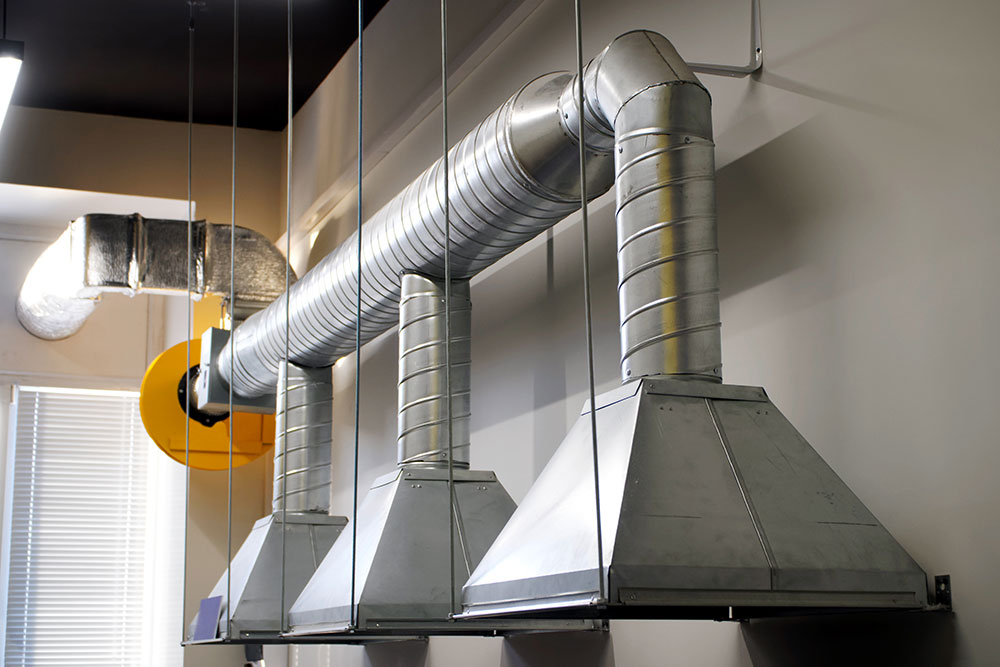Proper ventilation is crucial for maintaining a healthy and comfortable indoor environment. However, with various types of ventilation systems available, it can be challenging to determine the preferred type of ventilation for your specific needs. In this comprehensive guide, we will explore the different types of ventilation systems and provide expert insights to help you make an informed decision.
- Understanding the Importance of Ventilation:
Before delving into the preferred type of ventilation, it is essential to grasp the significance of ventilation in various settings. We will discuss how ventilation impacts indoor air quality, energy efficiency, and occupant health and comfort. - Types of Ventilation Systems:
a) Natural Ventilation:
Natural ventilation utilizes natural forces such as wind and temperature differences to circulate fresh air. We will explore the benefits, limitations, and suitable applications of this cost-effective and environmentally friendly option.
b) Mechanical Ventilation:
Mechanical ventilation involves the use of fans, blowers, and other mechanical devices to provide controlled airflow. We will delve into different mechanical ventilation systems, including exhaust ventilation, supply ventilation, and balanced ventilation, highlighting their advantages and considerations.
c) Hybrid Ventilation:
Combining the best of both natural and mechanical ventilation, hybrid ventilation systems offer flexibility and energy efficiency. We will discuss how these systems integrate natural airflow with mechanical components, providing optimal ventilation in various scenarios.
- Factors to Consider When Choosing a Ventilation System:
To determine the preferred type of ventilation for your specific needs, several factors must be considered. We will provide a comprehensive checklist, including considerations such as building type, climate, occupancy, noise levels, and maintenance requirements. - Evaluating Ventilation Performance:
Assessing the performance of ventilation systems is crucial to ensure their effectiveness. We will discuss key performance indicators, such as air change rates, ventilation effectiveness, and indoor air quality measurements, enabling you to make an informed decision based on quantifiable data. - Emerging Technologies and Innovations:
The field of ventilation is constantly evolving, with new technologies and innovations emerging. We will explore cutting-edge advancements, such as demand-controlled ventilation, heat recovery ventilation, and smart ventilation systems, and discuss their potential benefits and considerations.
Conclusion:
Choosing the optimal ventilation system is a critical decision that can significantly impact indoor air quality, energy consumption, and occupant well-being. By understanding the different types of ventilation systems, considering various factors, and staying informed about emerging technologies, you can make an educated choice that aligns with your specific requirements. Remember, consulting with ventilation professionals is always recommended to ensure the best possible outcome.

